The fashion innovators to know in 2022
French house Hermès turns luxury leftovers into pieces of creative expression, plus the latest in ethical design and the rise of resale.

Wear to next
Shopping responsibly for new clothing shouldn’t mean you need to be an expert in sustainability – or so thought Pip Best and Sophie Palmer of Worn For Good, a circular fashion platform with a difference.
The website takes donated clothing – both from Australian and New Zealand labels and the wardrobes of influential fashion personalities – and sells the pieces in a curated edit.
All profits go to one of three charities selected by the buyer at checkout.
Palmer, whose background is in fashion and publishing, and Best, a former social worker, are motivated by the fact Australians throw out 6000 kilograms of clothing every 10 minutes. What that means is by shopping there, you’re keeping clothing out of landfill.
Go to www.wornforgood.com
THE NEW GREEN ECONOMY
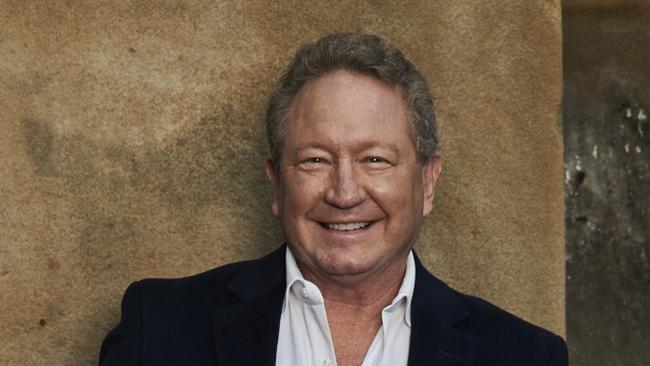
Twiggy’s green ambition put to the test
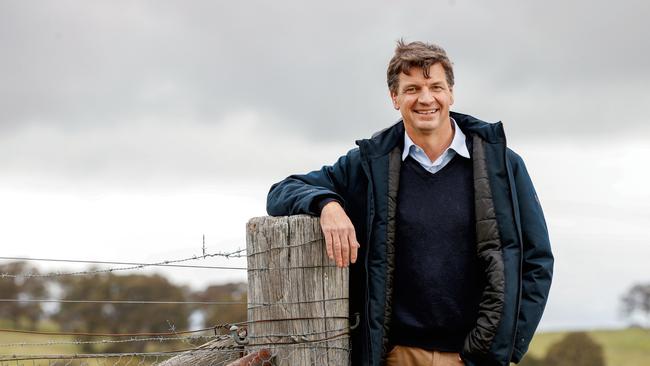
‘Cats can be herded if there’s a clear goal’: Angus Taylor

‘It’s our responsibility to be the adults’: Wikramanayake gets real
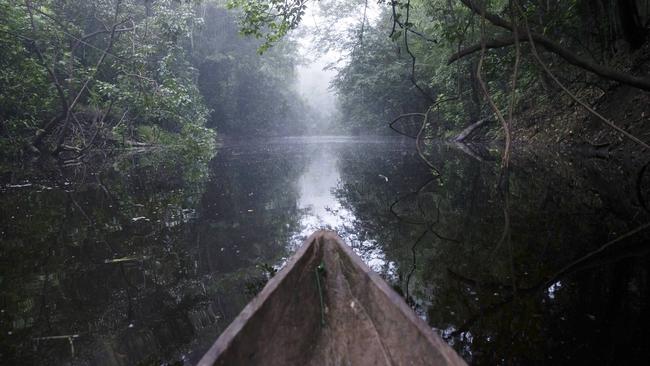
Is nature really at the centre of the ‘green dream’?

Rich-listers embrace climate shift

Why climate change is a business opportunity
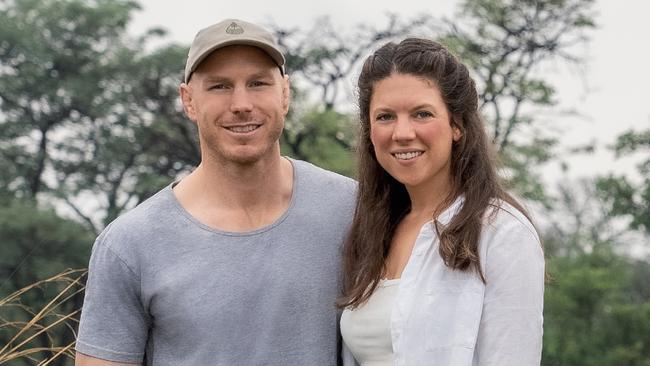
Rugby great takes climate fight to Canberra

Billionaire piles pressure on big Aussie polluters

Could your car power your house one day?

Cameron Adams on being a DJ loving climate warrior
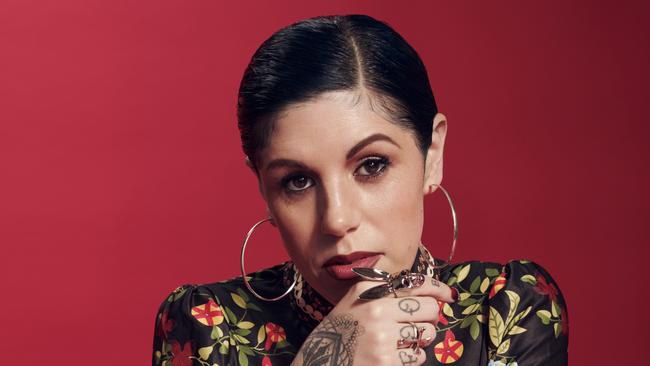
The Australian names to know in sustainable food and wine

Alan Finkel: ‘Technology is enabled by government’

Climate solution may lie beneath our feet

Is this the cure for electric vehicle range anxiety?

Solar plan set to shine

Six boundary-pushing tech innovations
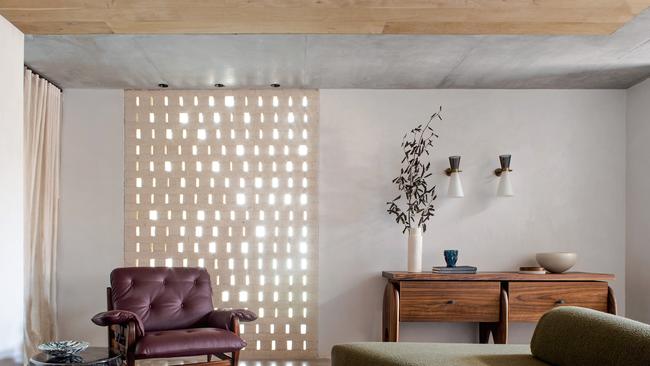
Can an office be sexy … and sustainable?

The Australian denim brand leading the charge

Sky’s the limit: Inside Australia’s greenest buildings
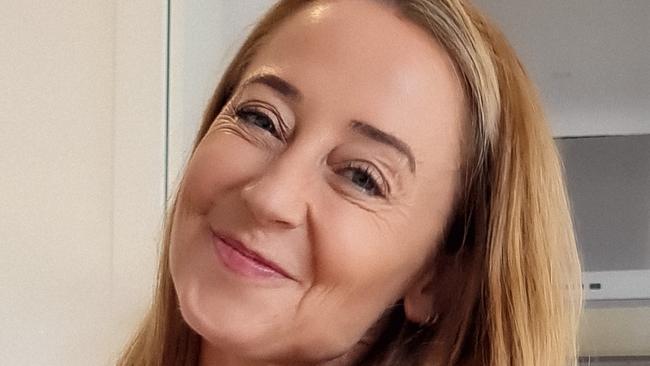
Living sustainably is harder than it looks

Skincare brands put planet before profit
A swath of pioneering skincare brands are setting new low-impact benchmarks in the process.
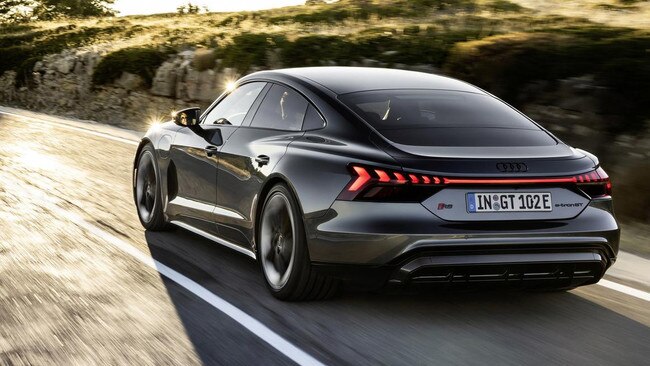
Solid-state batteries ‘will secure EVs’ future’

The fashion innovators to know in 2022
Imagination rules at Hermès
Few would expect a luxury fashion house to use anything but the most premium of materials. So it is equal parts astounding and inspiring to learn that revered French label Hermès is working with cast-offs.

The petit h project sees craftspeople take unused pieces from the house’s 15 métiers to make new creations. And imagination rules.
“This is actually the beauty of the project – we don’t start from product specification,” says Godefroy de Virieu, creative director of the petit h studio in Paris. “We start from the material.”
Those materials are, however, of the finest quality: slivers of butter-soft leather, crystal, silk from Hermès’s famed scarves and metal hardware usually found on the legendary Birkin bags. Once transformed, the collectable pieces become part of a regular travelling showcase. The most recent tour began at Hermès’s Sydney flagship and featured creations inspired by a previous de Virieu visit to Australia, where he was struck by our “incredible environment, its combination of ocean and desert, and its vast expanses of nature”. The results? Unexpected pieces such as a chair made using the saddle tree – the inner scaffolding of a saddle – in a homage to the label’s equestrian roots. Or a leather “Kangoumou”, a smile-inducing life-sized leather kangaroo. The only downside? They sell out fast. Go to Hermes.com.
-
Preloved finds favour
Resale is a global hot ticket: online marketplace Etsy bought preloved site Depop for US$1.6 billion and some estimates predict the second-hand fashion market will be valued at $61 billion worldwide by 2029. Now Australian retailers are getting on board with preloved. David Jones and Sydney’s high-end vintage dealer Blue Spinach have partnered to sell second-hand designer pieces. A selection will be available this year in its CBD store, following a successful online launch. Meanwhile, The Iconic has announced its use of Airrobe, a service that allows customers to register purchases at time of sale for future on-selling or renting.
-
Green and gold

Sustainability has well and truly reached the jewellery box, with the world’s biggest players signing a landmark pact.
The Watch and Jewellery Initiative 2030 is a global accord led by Richemont-owned Cartier and Kering, owner of Boucheron and Pomellato, in partnership with the Responsible Jewellery Council.
Signatories commit to science-based targets to lower carbon use and set specific goals such as reducing water usage and impact on biodiversity when sourcing materials.
It follows jeweller Tiffany & Co. who, along with its Diamond Craft Journey initiative (individual diamonds are registered and their journey traced), is emphasising responsibly mined artisanal gold. In 2020, the jeweller could trace 68 per cent of the raw precious metals it bought to known mines or recycled sources. Meanwhile, Cartier has committed to a 45 per cent reduction in emissions by 2030 and will report on progress.
-
Local heroes
These Australian names are the gold standard in ethical jewellery.
■ Released From Love: Hannah Roche and Lachlan Malone’s pieces are made by a small team of Australian artisans using responsibly sourced metals. The couple first studied jewellery so they could make each other’s wedding rings.
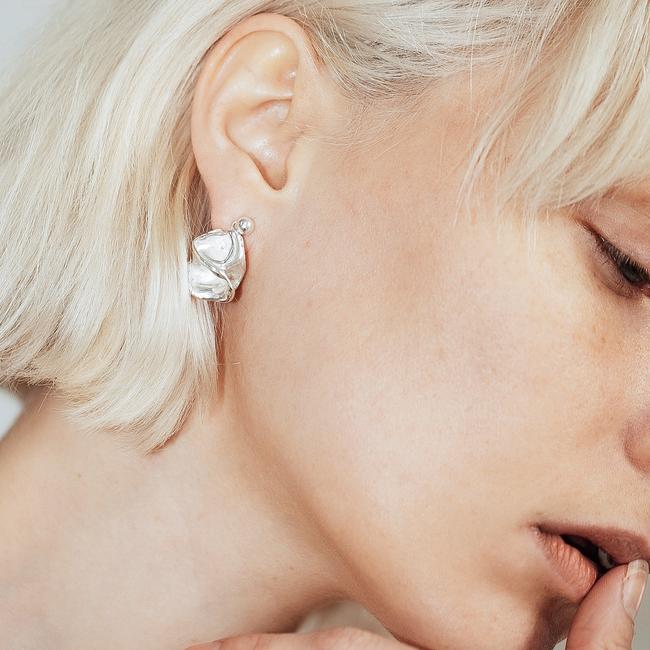
■ C.W. James: This newcomer, founded by industrial designer Karen James, produces jewellery made in part from upcycled materials, as well as end-of-life leather, from its base on Victoria’s Great Ocean Road and via artisans in Bali.

■ Holly Ryan: The jewellery artist and creative uses ethically sourced and recycled metals in her work. Ryan also works on a closed-loop model, offering repairs and redesigning unwanted pieces into something new.

-
Material world
Heard of a vegan notebook? Gucci has introduced its environmentally conscious material Demetra into a new line of lifestyle products (yes, there are also vegan pencil boxes, dice cases and pens). Demetra, which is handled with the same expertise and tanning processes as Gucci’s leather, was two years in the making. The material comprises mainly renewable and bio-based sources including viscose and wood pulp from sustainably-managed forests. Spot the difference.
-
Felt fabulous
They say what goes around comes around in fashion but Louis Vuitton gives the phrase new meaning. Men’s creative director Virgil Abloh, whose death in November last year rocked the industry and beyond, used recycled cotton and wool jacquard from past collections. The Felt Line capsule collection features a coat, two sizes of the LV Keepall and a soft trunk, with every detail considered, right down to the largely recycled plastic chains and corners.

To join the conversation, please log in. Don't have an account? Register
Join the conversation, you are commenting as Logout